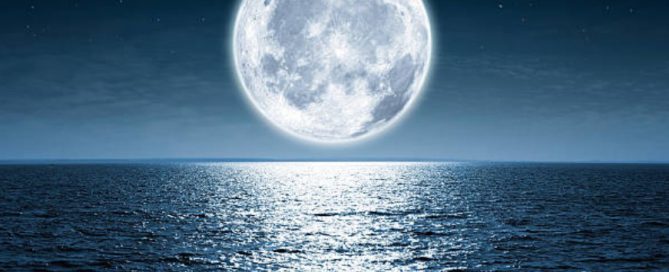Maui's Magical Moon Phases

Most nights on Maui there’s a stunning show going on above us in the night sky. From a sliver of moon and a sky filled with stars in a dark sky, to the powerful draw of a full moon rising, awe inspiring nocturnal beauty awaits us. In Hawaiian culture, there are many descriptions of the moon, or mahina, including a name for every day of the lunar cycle. It is no wonder this lunar fascination persists. Hawaiians were the descendants of Polynesian wayfinders who used these celestial bodies to navigate great distances over water, with amazing precision, unaided by instruments.
Hawaiian culture and the moon According to Samuel Manaiakalani Kamakau’s Na Hana a ka Poe Kahiko (The Works of the People of Old) these are the three descriptions of the full moon:
- On Day 14 of the Lunar Cycle: “The night when the moon was full was the night of Akua.”
- On Day 15 of the Lunar Cycle: “The second night of the full moon was Hoku when it began to crumble and peel.”
- On Day 16 of the Lunar Cycle: “The second night of this peeling was Mahealani.”
- Hilo
- Hoaka
- Kūkahi
- Kūlua
- Kūkolu
- Kūpau
- ʻOlekūkahi
- ʻOlekūlua
- ʻOlekūkolu
- ʻOlepau
- Huna
- Mōhala
- Hua
- Akua
- Hoku ili – when the moon is still in the sky as the sun rises
- Hoku palemo – when the moon disappears as the sun rises
- Māhealani
- Kulu
- Lāʻaukūkahi
- Lāʻaukūlua
- Lāʻaupau
- ʻOlekūkahi
- ʻOlekūlua
- ʻOlepau
- Kāloakūkahi
- Kāloakūlua
- Kāloapau
- Kāne
- Lono
- Mauli
- Muku
August 23th, 2022 | Culture, Environment




